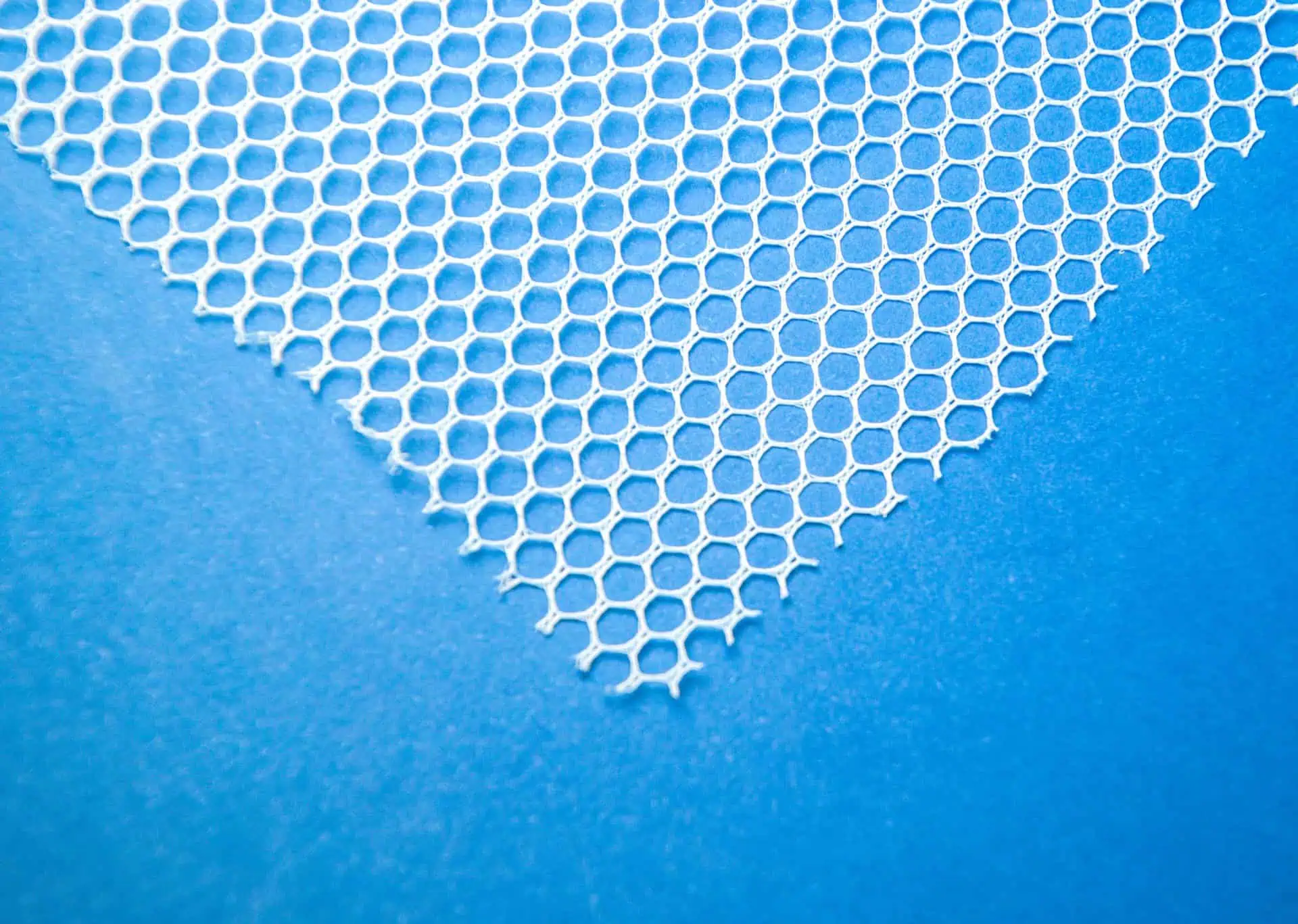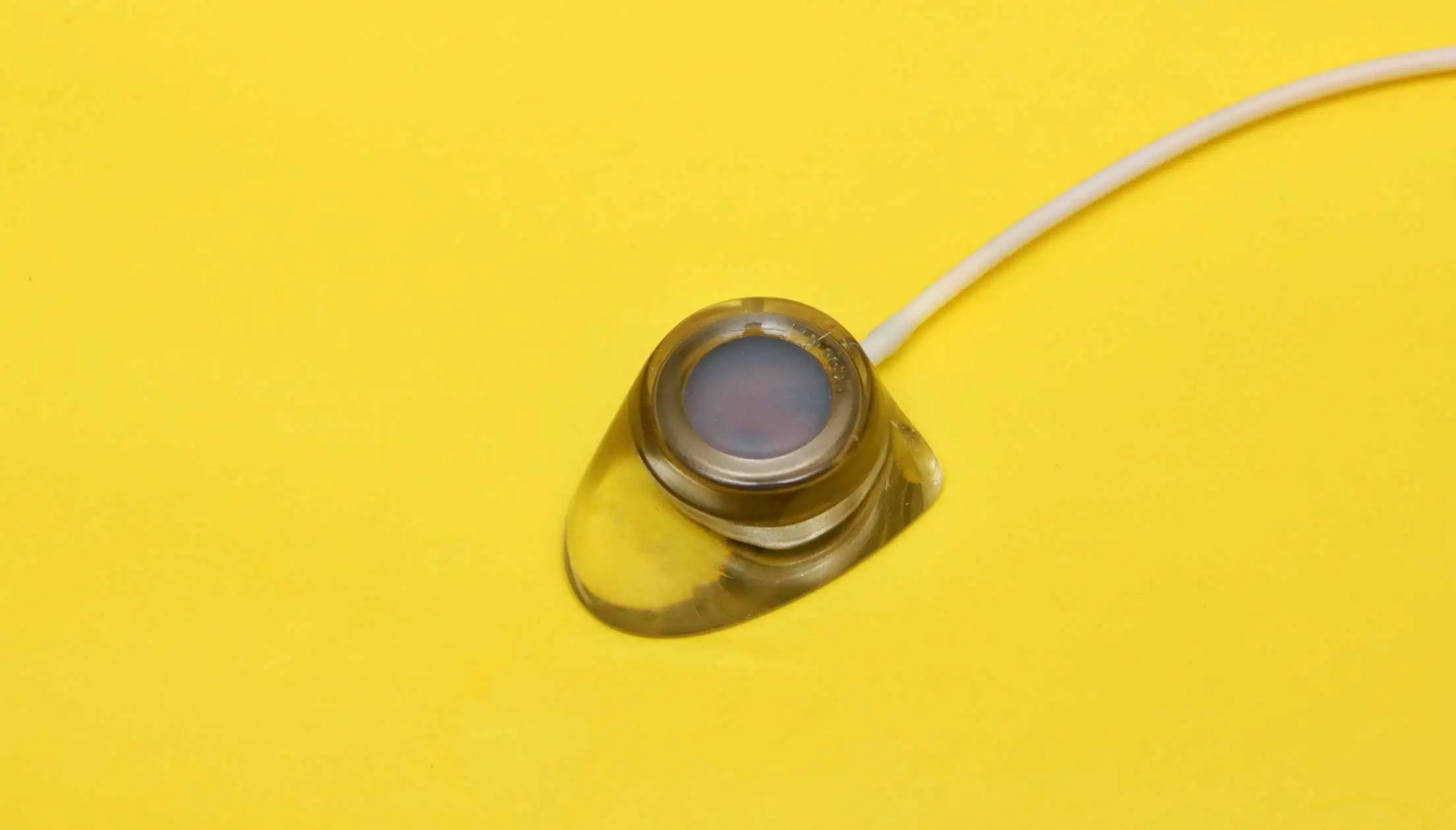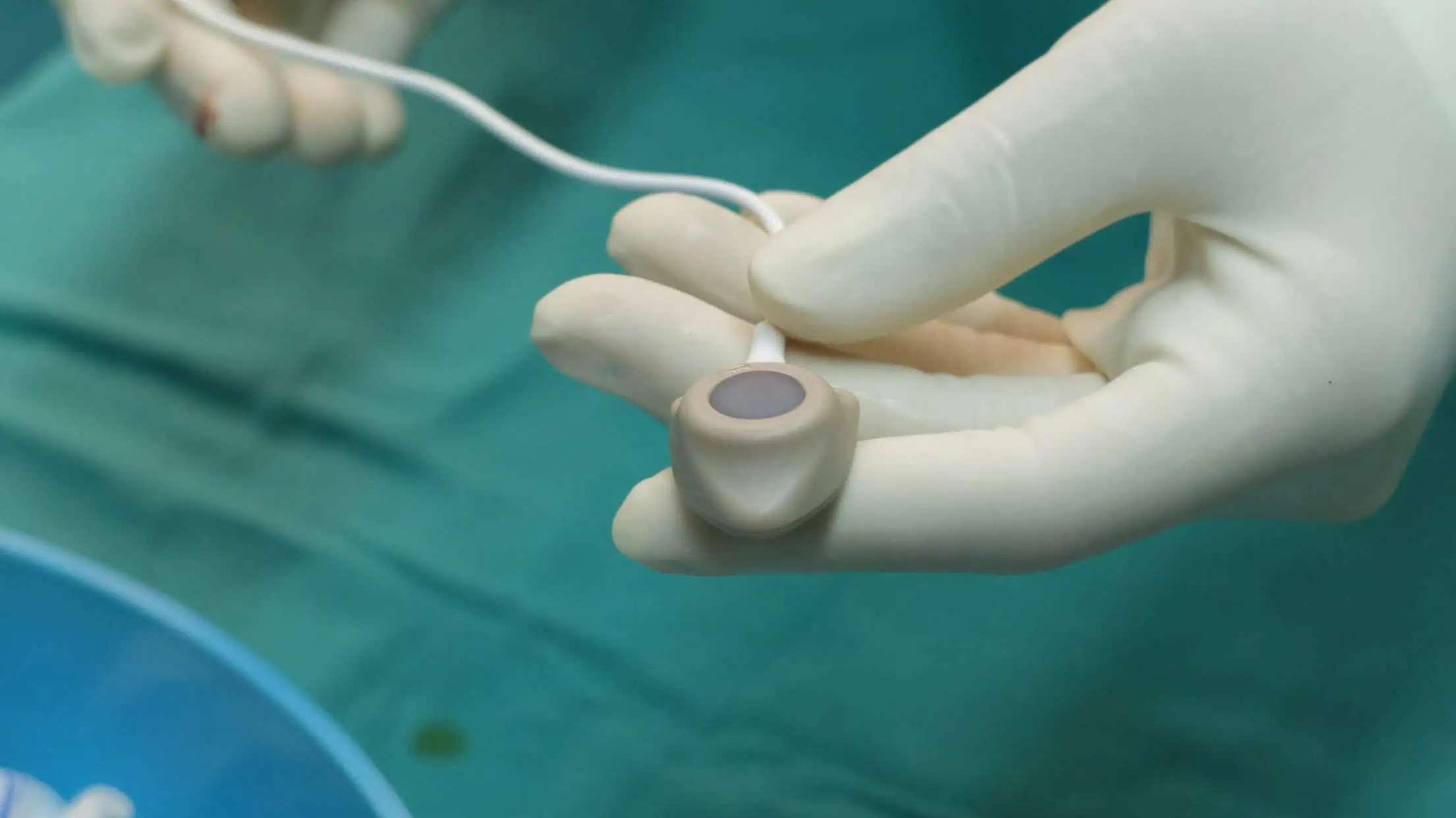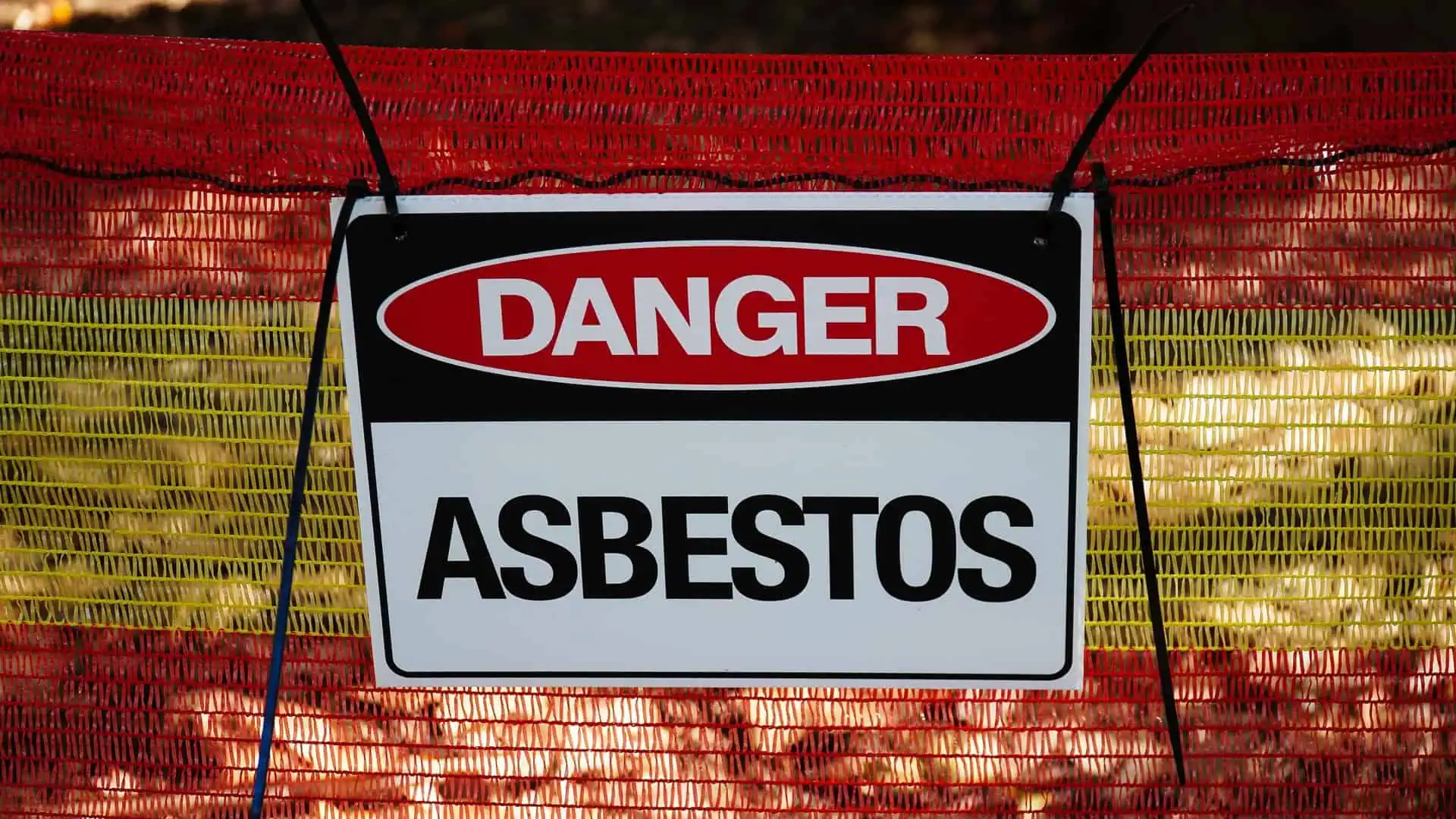Study Examines Cancer Risk Associated With Morcellation
- Last Updated: August 13th, 2023

Attorney Jessica Paluch-Hoerman, founder of TruLaw, has over 28 years of experience as a personal injury and mass tort attorney, and previously worked as an international tax attorney at Deloitte. Jessie collaborates with attorneys nationwide — enabling her to share reliable, up-to-date legal information with our readers.
Legally Reviewed
This article has been written and reviewed for legal accuracy and clarity by the team of writers and legal experts at TruLaw and is as accurate as possible. This content should not be taken as legal advice from an attorney. If you would like to learn more about our owner and experienced injury lawyer, Jessie Paluch, you can do so here.
Fact-Checked
TruLaw does everything possible to make sure the information in this article is up to date and accurate. If you need specific legal advice about your case, contact us by using the chat on the bottom of this page. This article should not be taken as advice from an attorney.
Study Examines Cancer Risk Associated With Morcellation
Although the use of power morcellators during non-invasive gynecological procedures has declined significantly following FDA warnings issued in 2014 associating the device with the spread of uterine cancer, the cancer risk did not go down, according to a study published recently in the Journal of the American Medical Association.
Women continue to file lawsuits against the manufacturers of the power morcellators based on the fact that they were put at increased risk of uterine cancer during morcellation.

Table of Contents
Morcellation Down – Uterine Cancer Up
According to the study, among women undergoing minimally invasive hysterectomy, the use of power morcellators declined from a peak of almost 14 percent in late 2013, before the FDA warning, to less than three percent by early 2015.
However, the rate of uterine cancer in women treated with morcellators actually increased from 0.28 percent before the FDA advisory to 0.53 percent afterward.
Researchers commented that the results showed that even with all the increased guidance and scrutiny involving the devices, some women who underwent morcellation still developed cancer, reinforcing the notion that there is no patient for which morcellation does not pose a cancer risk.
A 2014 editorial published in the Lancet Oncology noted that the cancer risk connected with power morcellators has actually been known for at least 20 years.
Long-Term Morcellation Debate Continues
The findings of the study rekindled a discussion that has been ongoing since 2013, when the Society of Gynecologic Oncology published a position statement cautioning practitioners regarding the use of morcellation to treat uterine fibroids, citing several reports that the procedure had released cells from undiagnosed leiomyosarcoma that progressed into advanced uterine cancer.
According to the FDA, approximately one in 350 women undergoing hysterectomy is found to have an unsuspected uterine sarcoma, a type of uterine cancer that includes leiomyosarcoma that is spread throughout the pelvis and abdomen during the morcellation process.

Managing Attorney & Owner
With over 25 years of legal experience, Jessica Paluch-Hoerman is an Illinois lawyer, a CPA, and a mother of three. She spent the first decade of her career working as an international tax attorney at Deloitte.
In 2009, Jessie co-founded her own law firm with her husband – which has scaled to over 30 employees since its conception.
In 2016, Jessie founded TruLaw, which allows her to collaborate with attorneys and legal experts across the United States on a daily basis. This hypervaluable network of experts is what enables her to share the most reliable, accurate, and up-to-date legal information with our readers!
Here, at TruLaw, we’re committed to helping victims get the justice they deserve.
Alongside our partner law firms, we have successfully collected over $3 Billion in verdicts and settlements on behalf of injured individuals.
Would you like our help?
At TruLaw, we fiercely combat corporations that endanger individuals’ well-being. If you’ve suffered injuries and believe these well-funded entities should be held accountable, we’re here for you.
With TruLaw, you gain access to successful and seasoned lawyers who maximize your chances of success. Our lawyers invest in you—they do not receive a dime until your lawsuit reaches a successful resolution!
AFFF Lawsuit claims are being filed against manufacturers of aqueous film-forming foam (AFFF), commonly used in firefighting.
Claims allege that companies such as 3M, DuPont, and Tyco Fire Products failed to adequately warn users about the potential dangers of AFFF exposure — including increased risks of various cancers and diseases.
Depo Provera Lawsuit claims are being filed by individuals who allege they developed meningioma (a type of brain tumor) after receiving Depo-Provera birth control injections.
A 2024 study found that women using Depo-Provera for at least 1 year are five times more likely to develop meningioma brain tumors compared to those not using the drug.
Suboxone Tooth Decay Lawsuit claims are being filed against Indivior, the manufacturer of Suboxone, a medication used to treat opioid addiction.
Claims allege that Indivior failed to adequately warn users about the potential dangers of severe tooth decay and dental injuries associated with Suboxone’s sublingual film version.
Social Media Harm Lawsuits are being filed against social media companies for allegedly causing mental health issues in children and teens.
Claims allege that companies like Meta, Google, ByteDance, and Snap designed addictive platforms that led to anxiety, depression, and other mental health issues without adequately warning users or parents.
Transvaginal Mesh Lawsuits are being filed against manufacturers of transvaginal mesh products used to treat pelvic organ prolapse (POP) and stress urinary incontinence (SUI).
Claims allege that companies like Ethicon, C.R. Bard, and Boston Scientific failed to adequately warn about potential dangers — including erosion, pain, and infection.
Bair Hugger Warming Blanket Lawsuits involve claims against 3M — alleging their surgical warming blankets caused severe infections and complications (particularly in hip and knee replacement surgeries).
Plaintiffs claim 3M failed to warn about potential risks — despite knowing about increased risk of deep joint infections since 2011.
Baby Formula NEC Lawsuit claims are being filed against manufacturers of cow’s milk-based baby formula products.
Claims allege that companies like Abbott Laboratories (Similac) and Mead Johnson & Company (Enfamil) failed to warn about the increased risk of necrotizing enterocolitis (NEC) in premature infants.
Here, at TruLaw, we’re committed to helping victims get the justice they deserve.
Alongside our partner law firms, we have successfully collected over $3 Billion in verdicts and settlements on behalf of injured individuals.
Would you like our help?












